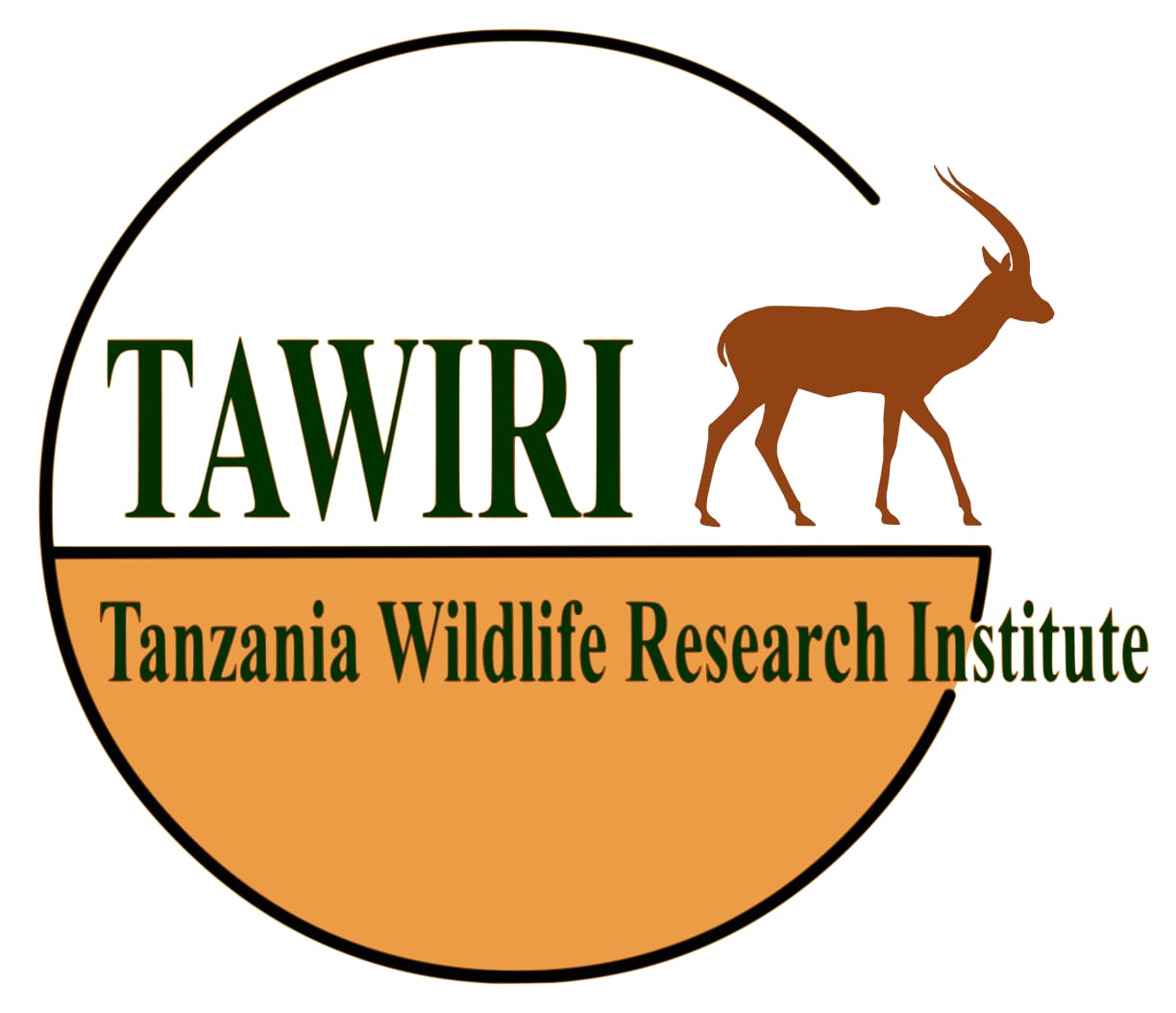
Name:Sosuke Tanaka
Email:sosuke.minami1994@gmail.com
Institutions:Hokkaido University
Autobiography
Since 2018, I have conducted ecological studies on carnivores in the tropical rainforest region of southeast Cameroon. My research focuses on large carnivores, particularly leopards (Panthera pardus), as well as medium-sized and small carnivores. Using camera traps and other methods, I have examined their distribution and population density, along with their interactions with local human activities. The key findings of my research are summarized as follows:
1. I deployed camera traps in a national park and its surrounding areas in southeast Cameroon to estimate the population size of small carnivores. I used the Royle-Nichols model for population estimation. The servaline genet (Genetta servalina) exhibited higher population density in areas closer to villages, whereas the black-legged mongoose (Bdeogale nigripes) was more abundant in areas farther from villages. These findings indicate that human activities have species-specific effects on carnivore populations.
2. In a national park in southeast Cameroon, I used the REST model, which does not require individual identification, to estimate carnivore population densities based on camera trap data. Due to the low detection rates of leopards and African golden cats (Caracal aurata), I limited density estimation to four small carnivore species. The estimated densities were as follows: long-nosed mongoose (Herpestes naso), 0.74 individuals/km²; black-legged mongoose, 0.38 individuals/km²; servaline genet, 0.39 individuals/km²; and African palm civet (Nandinia binotata), 0.29 individuals/km². The densities of the long-nosed mongoose and black-legged mongoose were significantly higher in areas farther from villages.
3. Because camera trap surveys yielded low detection rates for leopards, preventing density estimation, I conducted interviews with local people to gather distribution data. From 100 local people, I obtained 178 leopard sighting records from 2018 to 2023, along with 190 records of leopard traces. Most sightings occurred during livelihood activities in the forest. While local people accurately recalled the locations, the timing of sightings was often uncertain. Using this information, I mapped leopard distribution.
4. Utilizing the leopard distribution data obtained from local people, I deployed camera traps at two sites within a national park, each with 30 locations, to estimate leopard density. At Site 1, I detected leopards 56 times, whereas no detections occurred at Site 2. Using the SECR model with individual identification, I estimated the leopard density at Site 1 to be 7.9 ± 2.4 individuals/100 km², which is within the average range for forested habitats.
5. To minimize unintended capture of rare wildlife by snare hunting while reducing impacts on local livelihoods, I explored the potential of traditional plant-based snares. Through collaborative experiments with Baka hunter-gatherers, I found that plant-based snares, under certain conditions, were durable enough to capture key prey species. Compared to metal snares, they were less detectable by wildlife, and carnivores were more likely to escape if caught.
Through these studies, I have demonstrated that the degree of anthropogenic influence on the distribution and population density of rainforest-dwelling carnivores varies by species. Although further verification of some data is required, my findings highlight that local ecological knowledge serves as an important source of information for the study of rare wildlife and has the potential to contribute significantly to conservation ecology.
Research Project
| Sn | Research Title |
|---|---|
| Not Found | |
 Nwris
Nwris